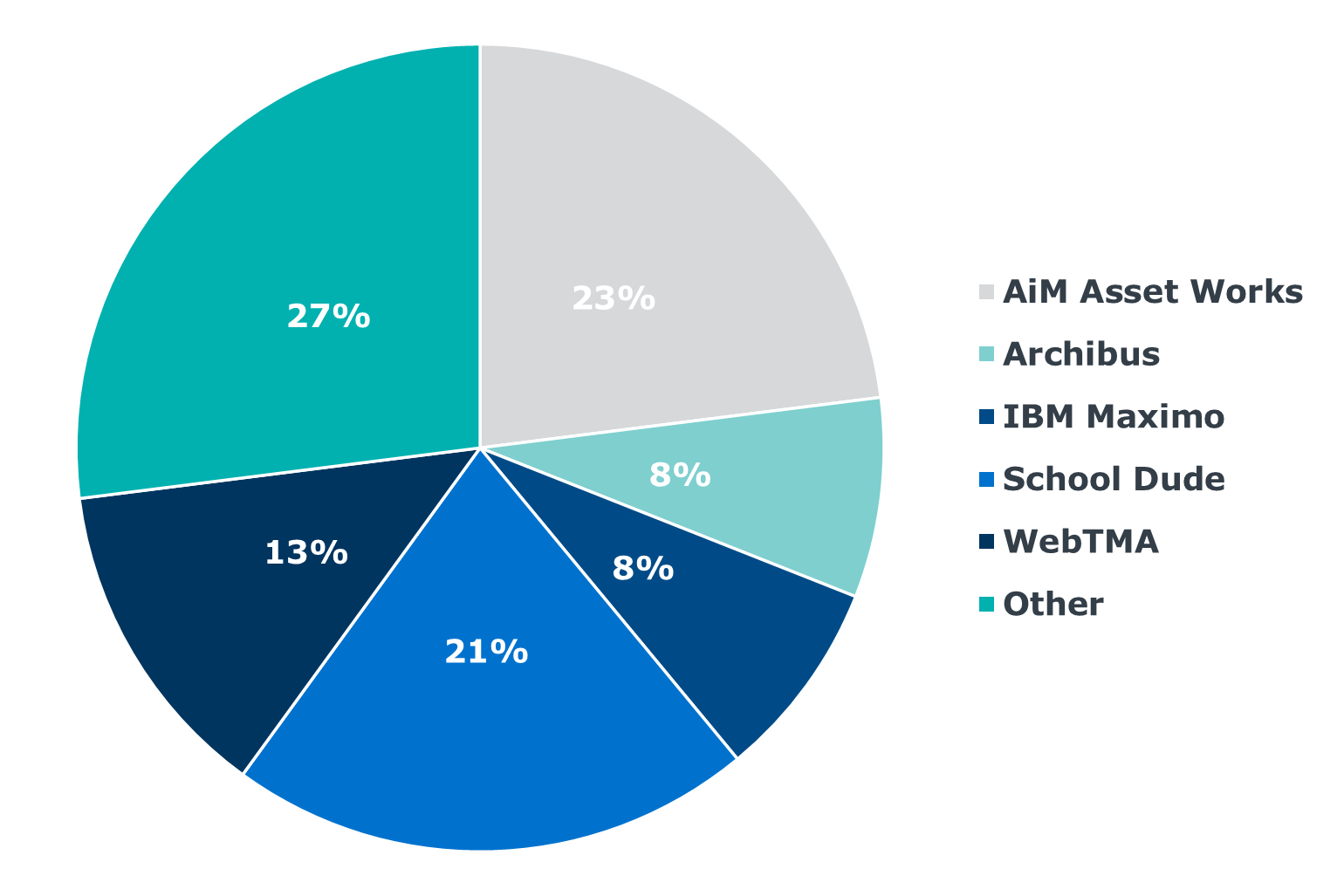5 Facilities trends every higher ed leader should be watching
Michael Fischer, Senior Director, Research
The COVID-19 pandemic has disrupted higher education worldwide-forcing Facilities and Estates leaders to think differently about their priorities, structure, and responsibilities. EAB surveyed Facilities and Estates organizations across North America, Europe, and Oceania during December 2021 to better understand the challenges facing today’s campuses. Here are five of the most important Facilities trends we uncovered.
1. Everyone is worried about talent
The pandemic and its subsequent consequences-forced retirements, layoffs, disruption of training programs-has exacerbated the already massive challenge of the Facilities talent crunch. Nearly three-quarters of respondents self-reported “talent” as their primary challenge for the 2022 calendar year. The talent crisis continues to manifest itself in diverse ways, including both long-standing challenges such as shrinking recruitment pipelines and an aging workforce pool, as well as new pain points including equity between in-person/remote workforces and wage compression among frontline employees.
2. Funding remains tight
The second most often cited concern among Facilities and Estates leaders was funding limitations: a need to “do more with less” in a disrupted and uncertain budgetary environment. Most Facilities divisions remain reliant on central funding allocations for the majority of their operations, with only about a quarter being able to leverage chargebacks on either baseline and/or supplementary services. All respondents from outside the United States indicated their exclusive use of central funding.
And while the pandemic has forced many institutions to rethink their campus footprint and their use of spaces, 74% of respondents said their institutional budget model continues to ignore space charges, limiting the ability to correctly incent utilization and ownership rates for those who occupy those spaces.
3. The next big investments involve teaching and learning spaces
Even though COVID-19 lockdowns and travel restrictions forced institutions to experiment extensively with remote and virtual instructional formats, only 13% of respondents anticipated needing less physical classroom space in the decade ahead. Instead, Facilities and Estates leaders are being asked to support more technologically-rich, dynamic instructional spaces, including the increased use of hybrid instruction infrastructure (cameras, microphones, etc.) and modular furniture.
Percentage of institutions planning to make significant investments in 2022:
| Investments | Percentage |
|---|---|
| Incorporating and/or upgrading cameras, microphones, and/or monitors in classrooms | 82% |
| Creating some classrooms that are optimized for Hy Flex delivery (i.e., synchronous delivery for both online and in-person students) | 59% |
| Incorporating and/or upgrading flexible design features, modular furniture into classrooms | 59% |
| Renovating/redesigning large lecture halls to enable more active learning | 41% |
| Creating and/or expanding outdoor classroom(s) and/or learning space(s) | 33% |
| Creating and/or expanding learning space(s) that support AR/VR (e.g., visualization lab) | 28% |
| Creating and/or expanding more hands-on, collaborative learning space(s) | 56% |
| Redesigning and/or repurposing on-campus computer labs | 26% |
4. Dedicated preventive maintenance teams are in, zone maintenance is out
The structure and deployment of limited maintenance resources has remained in flux for the last decade. However, one strategy growing in popularity is the use of dedicated preventive maintenance teams to ensure essential maintenance activities are not crowded out by urgent unplanned needs. 36% of respondents indicated they had a dedicated preventive maintenance team completing 25% or more of their preventive maintenance work orders. However, this strategy remains more common in the United States than other countries.
On the other hand, zone maintenance as an exclusive strategy for organizing maintenance teams has fallen out of favor, with only 10% of respondents having this structure on their campus. Instead, many institutions have created hybrid structures that combine aspects of both centralized and zone maintenance into a single model. The number of institutions with hybrid arrangements (41%) nearly equals those with centralized models alone (49%).
5. Satisfaction in computerized maintenance management systems has increased
EAB has been tracking CMMS vendor adoption and satisfaction since 2017. AiM AssetWorks, School Dude, and WebTMA remain the top three vendors, though School Dude has overtaken WebTMA since 2018.
Percentage of institutions using CMMS

Other includes: Accruent’s FAMIS, eMaint, IBM Tririga, InVida, UpKeep, Multiple CMMSs, and Homegrown, Paper, or None. Two or fewer institutions reported using each of these platforms.
While vendor adoption remains diverse, satisfaction levels have risen significantly. Nearly 80% of respondents indicated that they were “happy” or “neutral” with their current CCMS deployment, with another 10% “optimistic” about a system still in the process of being deployed. Only about 5% of respondents reported being “unhappy” or “pessimistic” about their current arrangement.